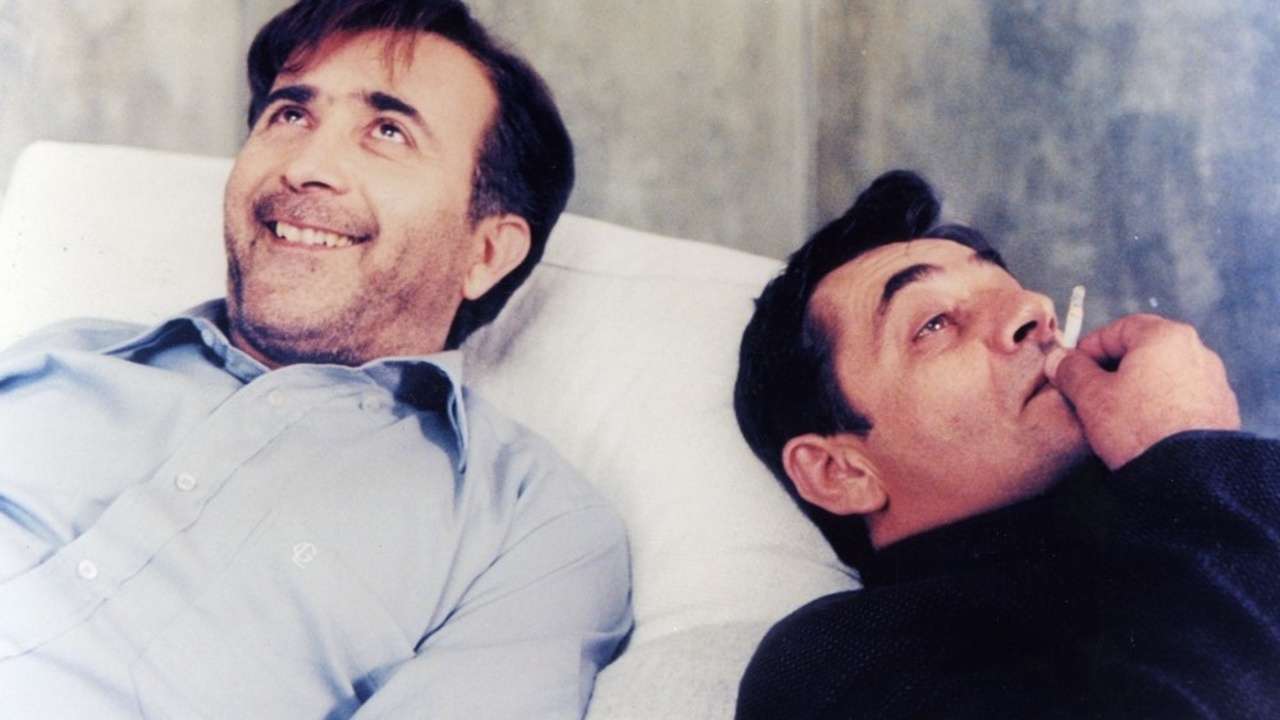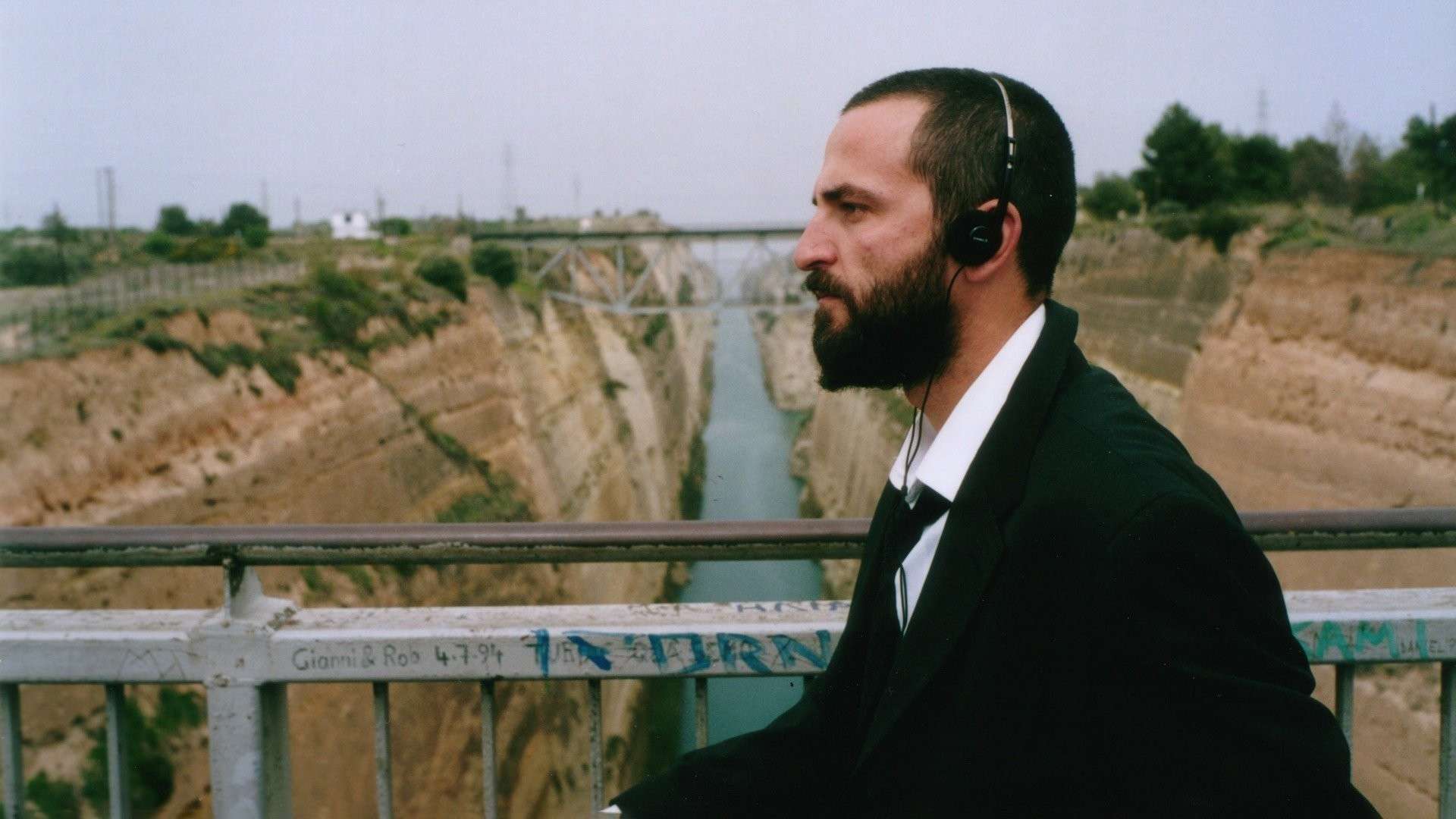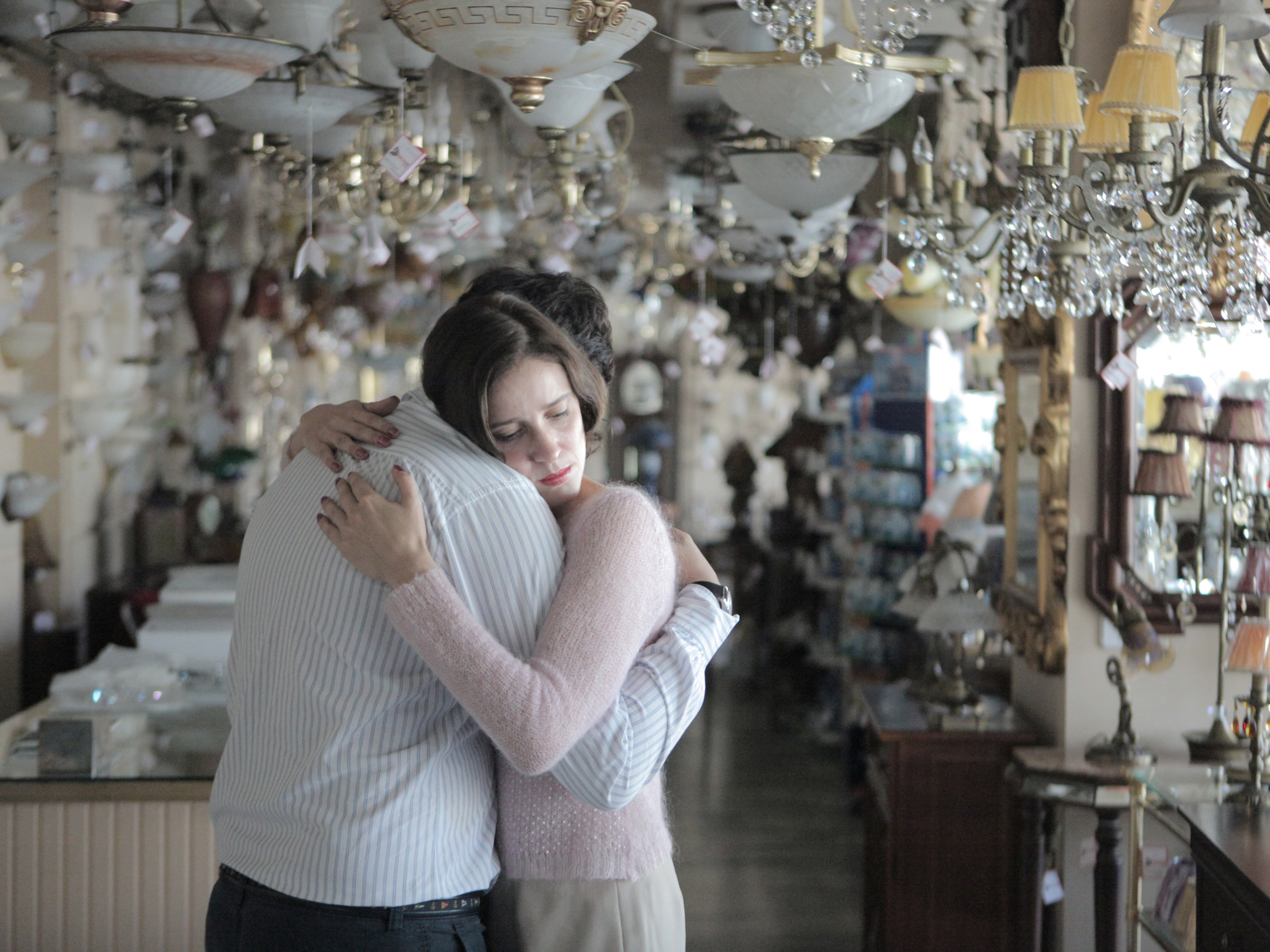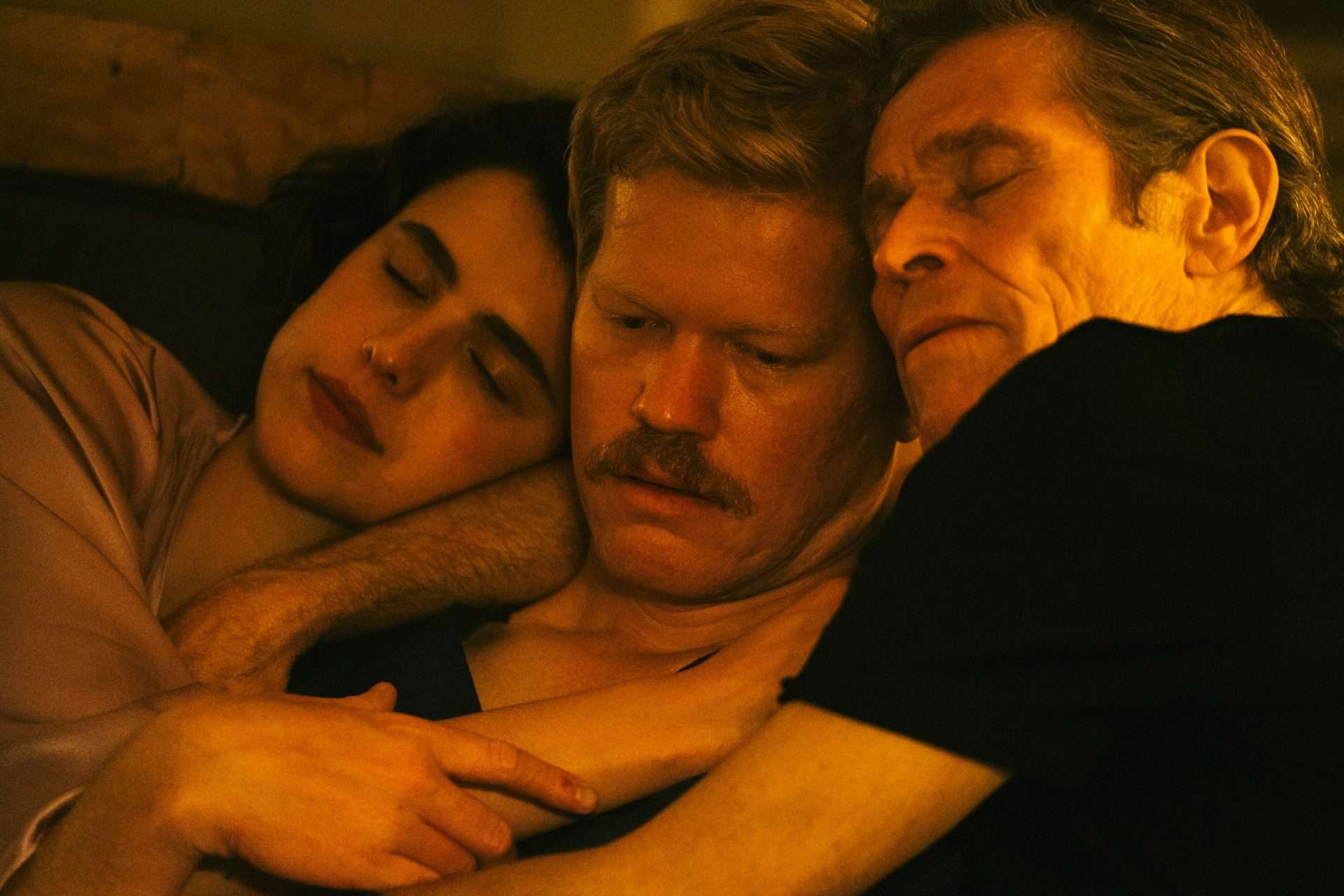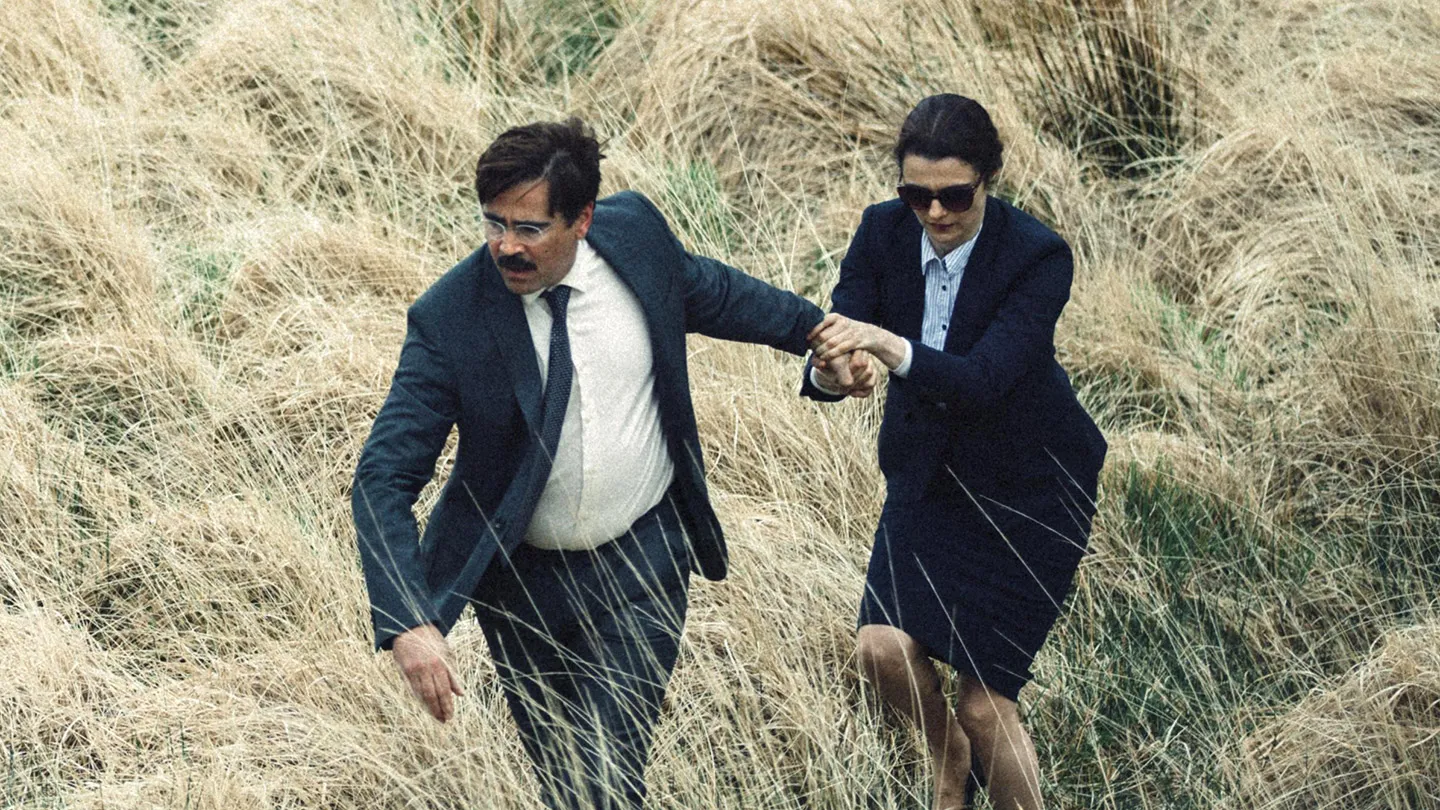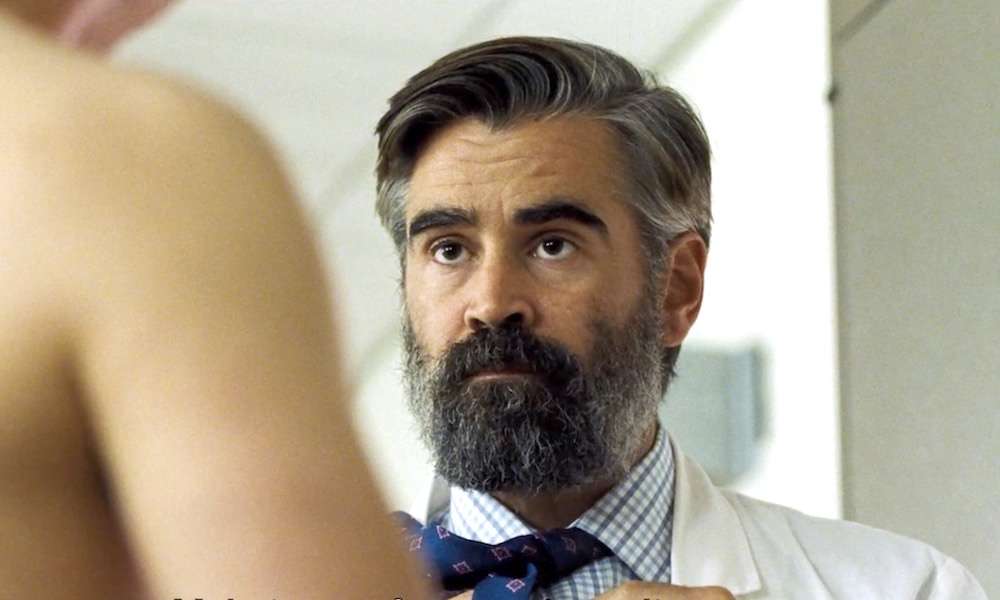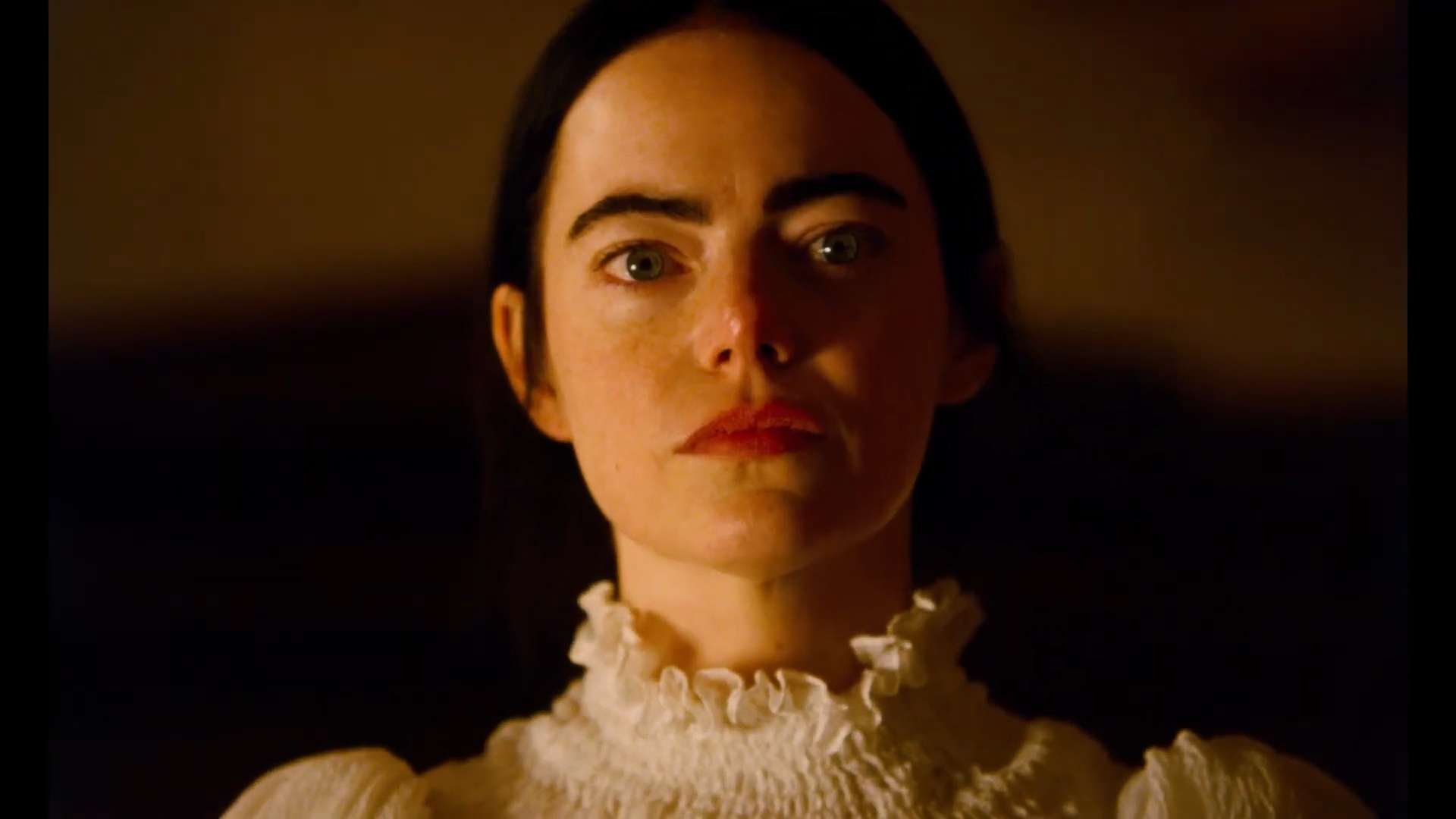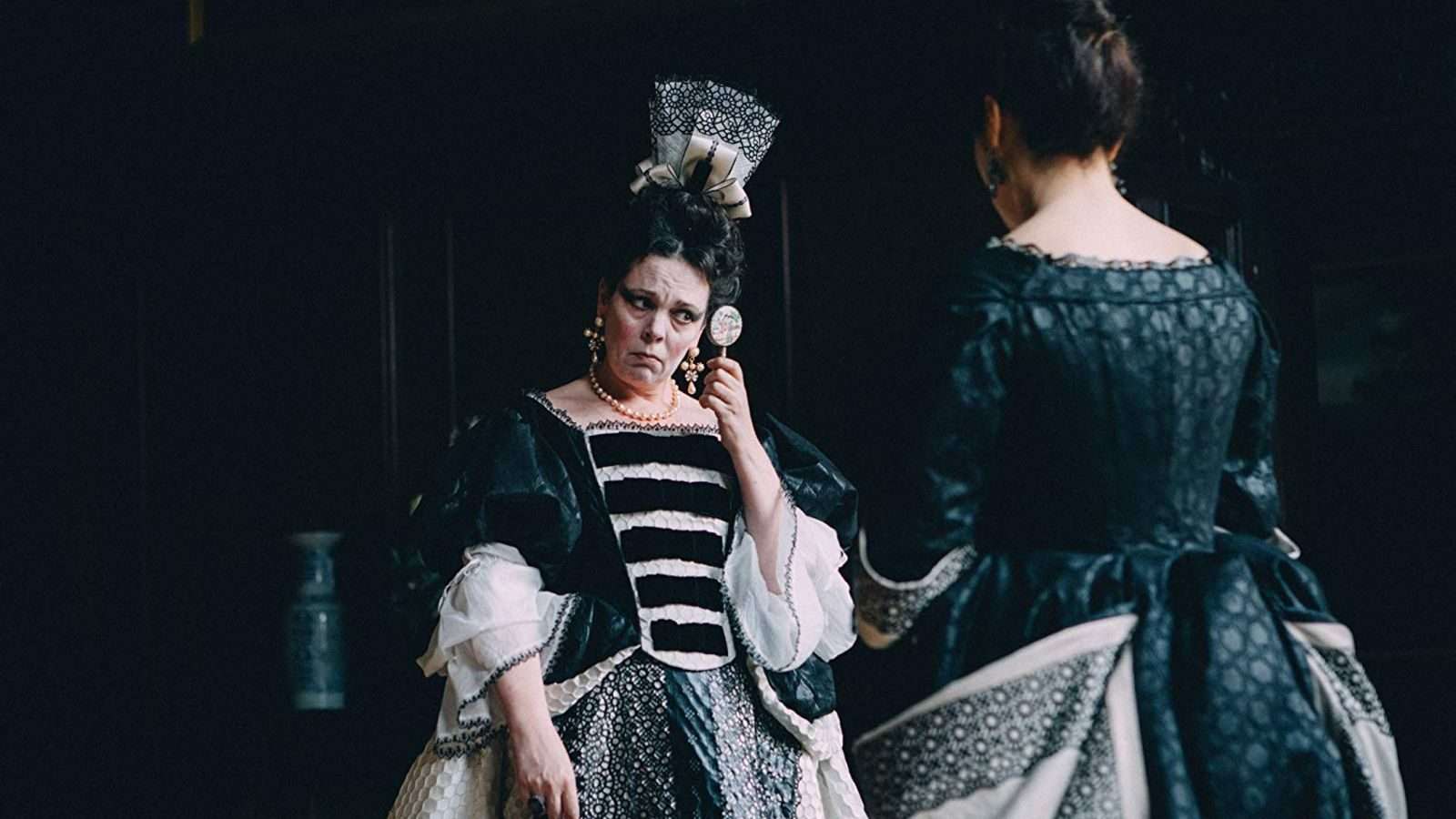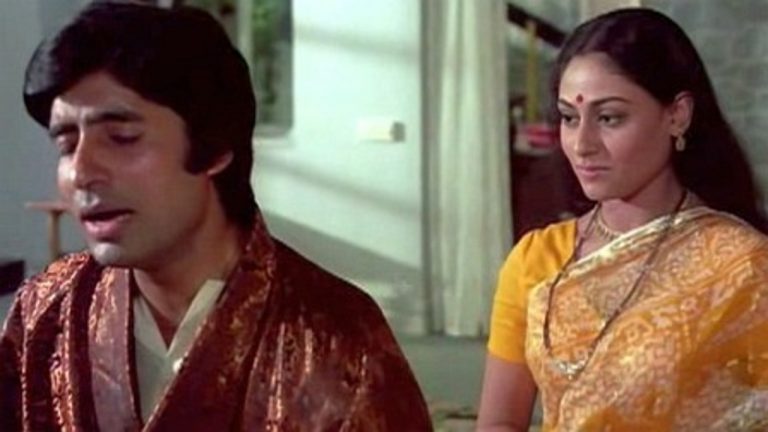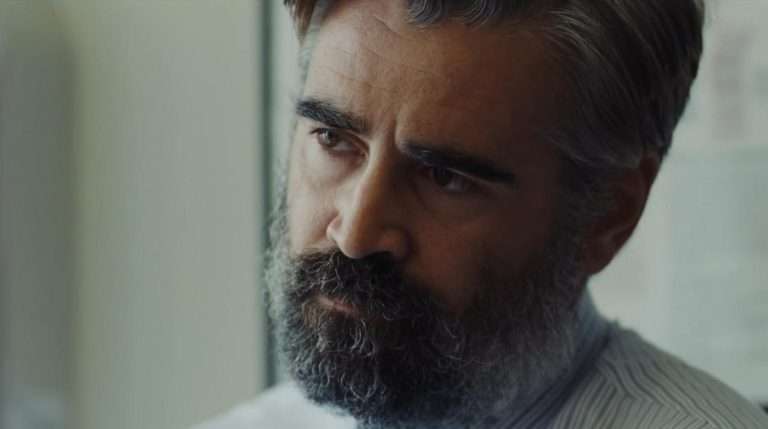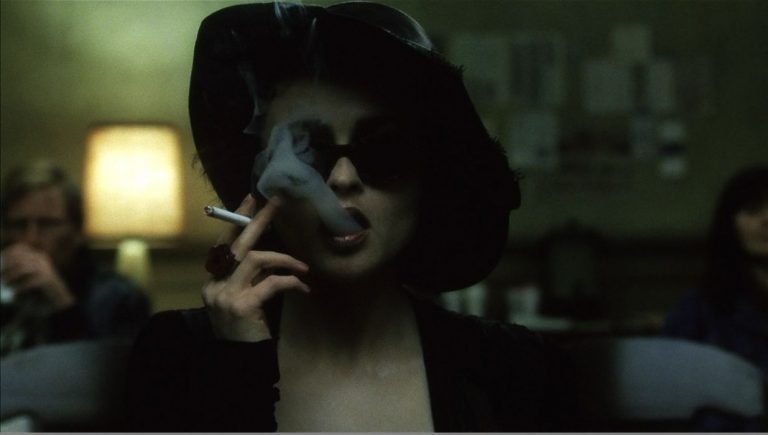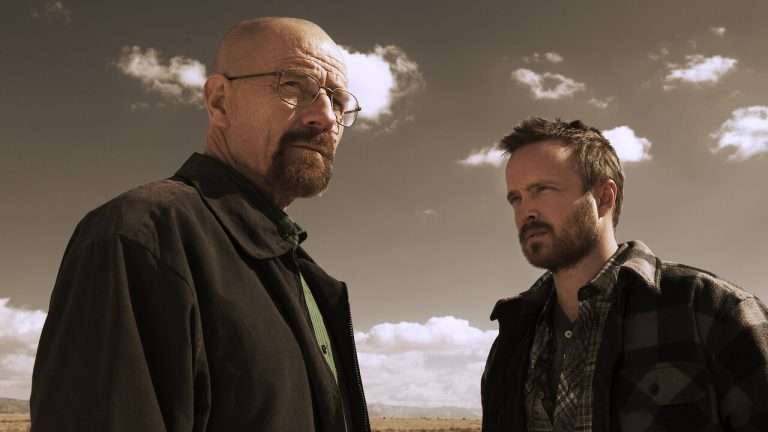Among the most celebrated contemporary filmmakers, one cannot help but mention Yorgos Lanthimos, a Greek artist active as a director, screenwriter, and producer. An exponent of the Greek Weird Wave and master of dystopian and surrealist cinema, Lanthimos’ work is as imbued with the influence of the literary works of Franz Kafka and Samuel Beckett as it is with the art of filmmakers such as Kubrick, Milos Forman, and John Cassavetes.
While in Greece, he debuted directing videos for theatrical dance companies, then transitioned to directing commercials, music videos, and short films. After a brief interlude in co-directing smaller projects, such as the bizarre erotic musical short “Uranisco Disco,” Lanthimos entered experimental filmmaking in 2005 with his first solo feature, “Kinetta.”
However, it was his third feature film, “Dogtooth,” that led Lanthimos to emerge as one of the most promising names on the international scene in 2009. He is now one of the artists who has been able to dare the most, even after being introduced to the Hollywood mechanism. As the father of uniquely crafted visuals, narrative poetics, and filmic microcosmos, the director has consistently brought something unique to each of his films. With increasing finesse in sublimating the cinematic machine in all its aspects, this leads to progressively more intricate games of storytelling and technical management.
Across a filmography consisting of ten feature films so far, Yorgos Lanthimos has thus established himself as an ever-changing yet immediately identifiable director. Considering the consistent quality of his works, it is infeasible to establish a strict hierarchical order to classify them. Although the attempt is to propose a list based on the film’s impact on the overall filmmaker’s journey, the “gap” between each position is minimal, no doubt indicating the quality of all the included movies.
10. My Best Friend (2001)
O kalyteros mou filos (“My Best Friend”), co-directed with Lakis Lazopoulos, is Lanthimos’s film debut. Greek-produced comedy and local commercial success, the movie is still so far from featuring the director’s future poetics that he himself would not even consider it as part of his filmography. The movie’s subject is the friendship of Konstadinos (Lakis Lazopoulos) and Alekos (Antonis Kafetzopoulos), abruptly interrupted by the latter’s betrayal of the former’s wife. Ultimately, an abused plot and a confused direction turn the movie into the weakest to which the director’s signature has been affixed.
Indeed, despite artistic authorship, “My Best Friend” shouldn’t be considered Lanthimos’ first real film, for whose position the subsequent “Kinetta” is more indicative. Even the attempt to combine the grotesque and the bizarre (which would become Lanthimos’ trademark) is lost in a sterile and, at times, stinging comic form. Overall, “My Best Friend” may be an interesting film to catch up on Lanthimos’ most dedicated fans, but it remains a poorly executed and barely amusing comedy.
9. Kinetta (2005)
Lanthimos’ second feature film, “Kinetta,” was co-scripted by Lanthimos himself and Yorgos Kakanakis. It is an experimental piece of filmmaking and the first individually directed movie by the Greek auteur. In “Kinetta,” a resort town on the Greek coast, a plainclothes policeman (Costas Xikominos) investigates a series of murders. Supported by a part-time video cameraman (Aris Servetalis) and a waitress (Evangelia Randou), he directs short clips of his personal reconstruction of the crimes.
In the movie, speech is almost completely abolished, compressed into a mechanical description of the supposed modus operandi of the various murders. The three protagonists are closely monitored in their ritualistic routines, oppressed by the constant silence of ambient and background noises. The slow pace of the action is observed by an omnipresent hand-held camera, leading to the continuous disorientation of the viewer.
Despite being an early introduction to the director’s archetypes, “Kinetta” suffers from excessive crypticity and the almost total absence of dialogue and rhythm. Despite being an immature work, it is an exciting watch for the viewers most interested in Lanthimos’ development and maturation process as a filmmaker.
8. Alps (2011)
“Alps” is the third feature film of Yorgos Lanthimos and the first one scripted in collaboration with his longtime colleague Efthymis Filippou. The movie chronicles the activities of a group of individuals (namely the Alps group) who, for a fee, impersonate deceased people to “comfort” the grieving family members. The four members of the Alps divide, study, and play different “roles,” following the wishes and directions of their clients.
One of them, Monte Rosa, is played by Angeliki Papoulia, who also starred in “Dogtooth” and “The Lobster.” As the pivotal figure, Monte Rosa shifts between her different personae, portraying a character whose identity is formed only by the traits of what is externally demanded. Role and identity are thus the two elements that are dismantled and then grotesquely reassembled by Lanthimos in a mixture of melancholy, bizarreness, and perversity.
The mix of interpretive direction, photographic grading, and camera rigor repropose the visual form honed in “Dogtooth,” Lanthimos’ previous work. But, despite the intention to recapture that tone, “Alps” comes off as merely acerbic compared to its predecessor as it lacks the balance that “Dogtooth” mastered. Although “Alps” can still be seen as well crafted, it would almost seem more natural to consider, in terms of authorial maturity, “Dogtooth” as predating “Alps” and not vice versa.
7. Kinds of Kindness (2024)
Coming out just a few months after “Poor Things” (2023), “Kinds of Kindness” is a triptych of short stories. A return to the cold, aseptic style characteristic of the author’s early Greek productions, its common thread is the characters’ pursuit of perverse forms of happiness. Love, power, and faith are the sadistic systems within which the protagonists are called upon to move in a thematic but also formal cyclical pattern, where the terrific quartet of actors (auteur favorites Emma Stone and Willem Dafoe, joined by novel muses such as Jesse Plemons and Margaret Qualley) reinvent themselves in a new role for each parable.
As meticulous as the project appears to be in detail, “Kinds of Kindness” fails to add new facets to an already established poetics. The lack of broader underlying cohesion is counterbalanced by a provocative taste for the absurd and by a predominantly functional, cynical, and irreverent irony.
Lanthimos’s nihilistic proposal, a reality of wretched creatures subservient to and enslaved by various forms of modern idolatry, is nonetheless placeable as a minor work within a broader, more centered filmography. Presented in competition at the 77th Cannes Film Festival, “Kinds of Kindness” is still an interesting summary of the director’s journey, from his beginnings as an independent and niche auteur to the international stardom achieved in recent years.
6. Bugonia (2025)
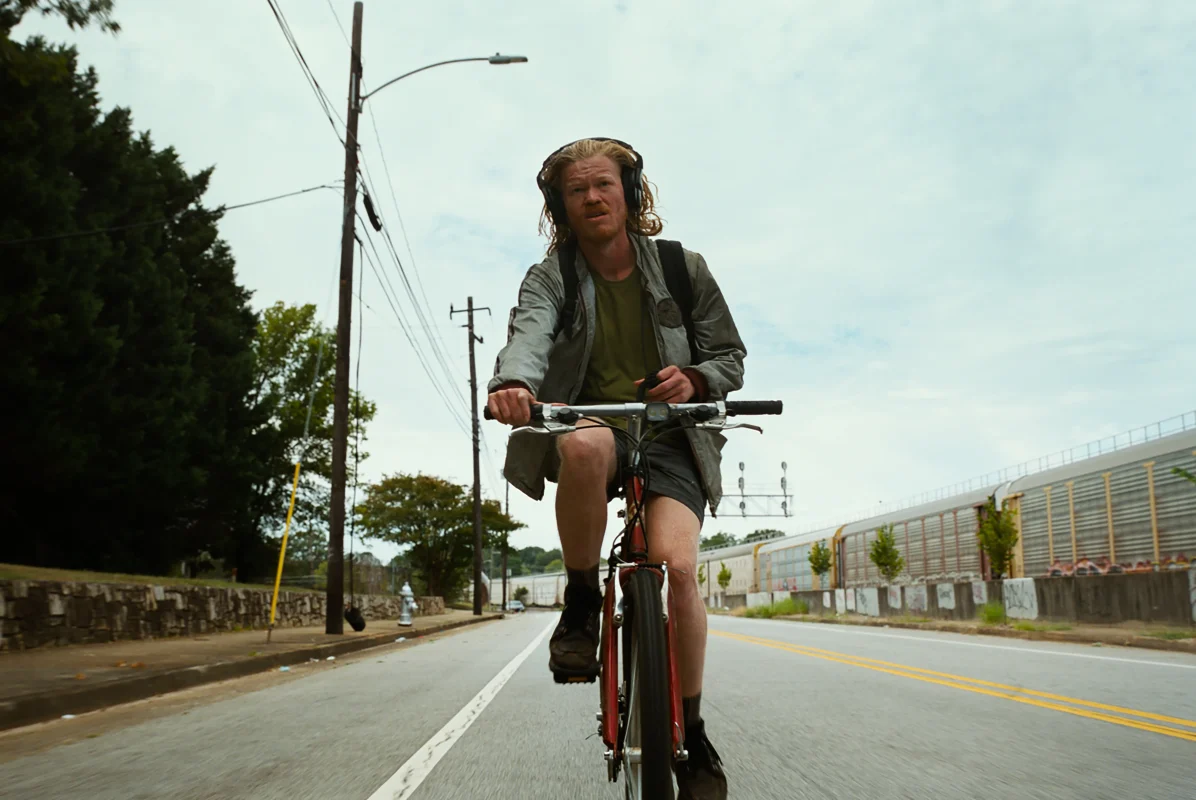
The hurdle that Yorgos Lanthimos faces in making a modern-set film is that his brand of bizarre superficiality no longer feels out of place within a society dominated by conspiracy theories and corporate greed. Thankfully, “Bugonia” is less of an exercise in idiosyncrasies than it is a relentless pursuit of the most primal power dynamics that exist between the haves and the have-nots.
Although there’s humor that comes from the familiar rhetoric spouted by both of the film’s leads, “Bugonia” may be Lanthimos’ most nakedly empathetic work because of the non-stigmatization of pain. It’s a film that acknowledges the insidious ways in which greed and classism have displaced those in need of help, forcing them to latch on to kernels of truth that they subsequently analyze to the point of obsession.
Emma Stone has rarely been better as an exasperated, vulnerable, yet socially removed CEO who is gradually made to understand why so much anger has been directed towards her; Jesse Plemons, in what may be the best performance of his career, is both malevolent and heartbreaking as the type of “worker bee” who society would be so keen to sweep under the rug. The stripped-down minimalism of so much of “Bugonia” is a flex on Lanthimos’ part, proving that he can mine insight and suspense within the most basic of setups; when the film takes its shocking (yet inevitable) turn, it’s impressive to see how well-orchestrated the twist was from the very beginning.
5. The Lobster (2015)
With “The Lobster,” Yorgos Lanthimos ventures into his first international English-language production. Fresh from the massive critical attention received by “Dogtooth,” the filmmaker shifts his focus from the theme of family to that of romantic love and partnership. In an unspecified and grotesque near future, not having a partner is a state of being deemed a pretext for immediate intervention. All “unpaired” individuals are promptly admitted to special hotels where they must find their pair in a standard 45-day period. If they fail, the loners will be transformed into an animal of their choice and invited to find a mate in this different form.
“The Lobster” is a glacial satire of the social conventions of establishing and maintaining valid relationships. In Lanthimos’s dystopia, being compatible implies sharing at least one characteristic, no matter how insignificant. Being in a relationship meets the primary need for utility and security. Introducing a child into the couple is to replace the partners’ responsibilities with a less “ambiguous” responsibility, such as parenting. Once again, Lanthimos directs a film that compresses his vision of society into a unique cinematic format. Immaculate comic timing, use of sound, and photographic palette highlight the Greek director’s increasing attention to detail.
4. The Killing of A Sacred Deer (2017)
For his second English-language production, Yorgos Lanthimos adapts a modern reinterpretation of Euripides’ Greek myth “Iphigenia in Aulis.” Following the acclaim received by “The Lobster,” Yorgos Lanthimos presented the film in competition at the 2017 Cannes Film Festival, where it was awarded the Prix du scénario. Also in this case, the screenplay is written four-handedly with Filippou.
A beating heart in the opening sequence aptly introduces the protagonist, a cardiac surgeon, Steven Murphy (Colin Farrell). The delicate responsibility of handling the hearts of others binds Steven to the inscrutable Martin (Barry Keoghan), a young man whose father has died under his knife. Moving the action is Martin’s aseptic law of reciprocation, where punishment is the opposite or the analogy of a corresponding guilt.
As in the earlier “Dogtooth,” family is the theater of tragedy. Husband, wife, son, and daughter are the puppets put to the test of a demiurge of hermetic morality. The responsibility, or rather the rejection of it, makes “The Killing of a Sacred Deer” comparable to a depraved version of “Sophie’s Choice,” where only the ugliness of the human psyche is highlighted.
Once again, Lanthimos’ focus is on the sublimation of the picture by fully exploiting its technical attributes, first and foremost the continuous and aggressive soundtrack and the surgical direction (steeped in Kubrickian homages). A black comedy distorted into horror, the film is yet another testament to Lanthimos’s ability to coax cohesive poetics into an increasingly diverse filmography.
3. Poor Things (2023)
Lanthimos’ latest released film, “Poor Things,” was awarded the prestigious Golden Lion at the Venice Film Festival and was nominated for 11 Academy Awards. The film, scripted by Tony McNamara, is based on Alasdair Gray’s homonymous novel. Bella Baxter (played by Emma Stone, in arguably her best role to date) is a picturesque female Frankenstein’s monster, a body brought back to life by the bizarre scientist Godwin Baxter (Willem Dafoe) and a human prototype restored to a zero state.
Voracious for adventure and eager for knowledge, Bella embarks on a Gulliver’s journey around the world, a world as enchanting and hedonistic as it is ruined and amorphous. Subtracted from social logic, Bella’s character reminds us how human beings are intimately projected toward emancipation. Emancipation is not naively understood as righteous behavior but as unfettered behavior.
“Poor Things” is a visually magnificent picture, once again synonymous with the direct enrichment of the aesthetic (and sound) to the narrative compartment. A moving painting, “Poor Things,” is a new offshoot of the author’s ongoing cinematic renewal. An ode to the different and the bizarre, Lanthimos’ ever-increasing mastery of his personal stylistic devices is apparent, as is his willingness (and ability) to continuously bring something truly unique to the screen. Among his exceptional filmography, the artistic maturity compressed into an increasingly complex form makes “Poor Things” Lanthimos’ apex achievement.
Also Read: 10 Movies to Watch if you like “Poor Things”
2. The Favourite (2018)
“The Favourite,” released in 2018, was nominated for ten Academy Awards, including a win for Olivia Colman as Best Actress in a Leading Role. The screenplay is by Deborah Davis and Tony McNamara. In 1708, Queen Anne (played by Olivia Colman) sat on the throne in Britain. Deficient in health and uncaring about her reign, Anne lets the members of her court off the hook by professing the same carelessness.
The royal steward of the crown’s power is Sarah Churchill (Rachel Weisz), the queen’s mistress and trusted adviser. Sarah is counterposed by her cousin Abigail Hill (Emma Stone), the latest addition to the court, a scullery maid, and then the leading competitor for Sarah’s role as the queen’s favorite.
Deemed a market challenge given limited male presence and lesbian content, “The Favourite” is outstanding in bringing costume drama back to contemporaneity. De facto, female centricity has its lecture in being normalized, an ordinary occurrence in the fictional English court of the 1700s but (paradoxically) a disturbing one in today’s factual Hollywood market.
On the technical level, Robbie Ryan’s stunning cinematography, filtered through Lanthimos’s distorting lens, offers a new homage to Kubrick in deploying the beautiful natural lighting. Every element, from the sound accompaniment to the clashing hypermodern direction with the historical setting to the work of detail in Sandy Powell’s costumes, cooperates in turning “The Favourite” into a perfectly packaged and expertly directed piece of cinema.
1. Dogtooth (2009)
“Dogtooth,” the third feature film by the Greek director, is the breakthrough movie that established Lanthimos’ imagery on the international scene. His last purely Greek production (scripted once again in collaboration with Efthymis Filippou), “Dogtooth,” won the Prix Un Certain Regard at the 2009 Cannes Film Festival and a Best Foreign Language Film nomination at the 83rd Academy Awards.
In a family with no surname composed of nameless members, a pair of parents, Father and Mother, raise three teenage children in the microcosm of a bourgeois-like house with a garden. In that which appears to be our world, the youngsters are brought up in a fictitious dystopia in which the only safe area is within the confines of the property.
Like gods, the pair of parents paint reality as it is to be conceived by their offspring. Language, desires, enjoyments, merits, and demerits are hierarchically and arbitrarily imposed from above. Reflecting on the pyramid scheme of the family and its societal role, “Dogtooth” brings a brand new authorial form to local and international audiences.
What sets the film apart as a pivotal point in the director’s early filmography is its conscious use of all the elements that will mark its poetics – an amalgam of a realistic yet surrealist context, cynicism, grotesque irony, and stylistic rigor. “Dogtooth” functions as the identity card of Lanthimos’ cinema. While lacking complete refinement, “Dogtooth” rests as one of the most significant, if not the manifesto work, of the Greek artist.

